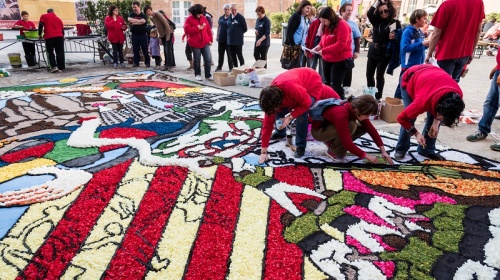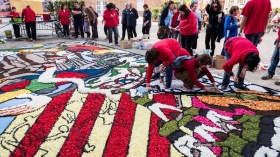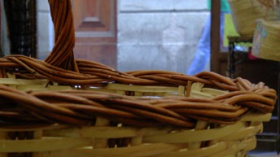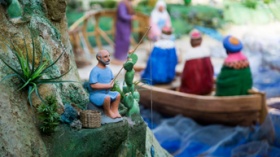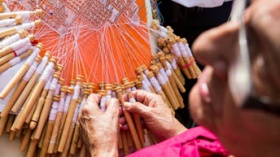Catifaires
Catifes are ephemeral artworks. Traditionally these carpets of flowers were made with petals, whole flowers and grass but, for some years now, their makers, catifaires, have experimented with other materials, for example, seeds, sawdust and wood shavings dyed with aniline, coffee grounds, coffee capsules and other recycled materials.
They represent various things, which may be linked to the religious aspects of Corpus Christi, local themes, events, and so on. Whatever the imagination and techniques of the catifaires allow.
Their origins are very remote, going back to the flowers and herbs used to decorate Roman homes in the spring, like the enramades, branch decorations, although floral decorations are common to all cultures.
Flower carpets are not exclusive to Corpus Christi, although that is the time when you can see more of them. Their main function is to transform the festive space but, at the same time, they give a pleasant smell to the atmosphere, especially when they are trodden on by the passing procession.
Some towns and cities have become very well known for their catifes. Sitges, La Garriga and Arbúcies are good examples. But there are many more.
Normally the catifaires belong to local groups, street and square associations that compete with each other. In 2005 the Federació d’Entitats Catifaires de Catalunya was set up to join forces in an effort to maintain and spread the tradition, as well as improve the art.




